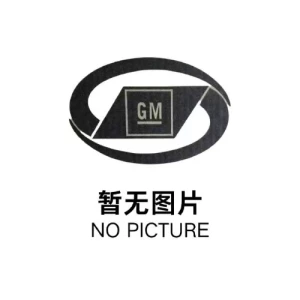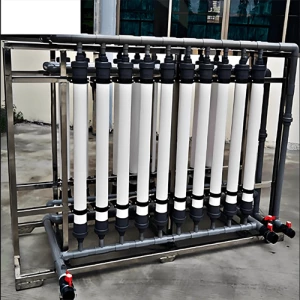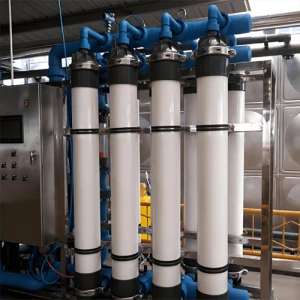Waterproof Membrane: Your Ultimate Guide to Choosing the Best for Your Project
When it comes to protecting your construction projects from water damage, a waterproof membrane is an essential component. Whether you're working on a roof, basement, or any other structure, choosing the right membrane can save you time, money, and headaches. In this guide, we'll explore the different types, features, and scenarios for using waterproof membranes, along with tips for sourcing reliable products from China in 2025.
How to Find Reliable Waterproof Membrane from China in 2025
Sourcing a waterproof membrane from China can be cost-effective, but it's crucial to ensure quality. Here’s how to find reliable suppliers:
- Check Certifications: Look for suppliers with ISO, CE, or other industry-standard certifications.
- Read Reviews: Customer feedback on platforms like Alibaba can provide insights into product quality.
- Request Samples: Always test samples before placing a bulk order.
- Verify Manufacturing Processes: Ensure the supplier uses advanced technology and quality materials.
What Buyers Should Know Before Buying Waterproof Membrane from China
Before purchasing, consider these factors:
- Material Quality: Not all membranes are created equal. Opt for high-grade polymers or bitumen-based products.
- Shipping Costs: Factor in logistics expenses, as they can significantly impact your total cost.
- Lead Times: Chinese suppliers may have longer production and shipping times, so plan accordingly.
- Customization Options: Some suppliers offer tailored solutions, which can be beneficial for specific projects.
Types of Waterproof Membrane
There are several types of waterproof membranes, each suited for different applications:
- Bituminous Membranes: Ideal for roofs and foundations, these are durable and cost-effective.
- PVC Membranes: Flexible and resistant to chemicals, perfect for industrial settings.
- TPO Membranes: Environmentally friendly and energy-efficient, great for commercial roofs.
- EPDM Membranes: Known for their longevity and resistance to UV rays.
Functions and Features of Waterproof Membrane
A high-quality waterproof membrane offers:
- Water Resistance: Prevents water infiltration, protecting structures from damage.
- Durability: Withstands harsh weather conditions and mechanical stress.
- Flexibility: Adapts to structural movements without cracking.
- Ease of Installation: Some membranes come with self-adhesive backing for quick application.
Scenarios of Waterproof Membrane
Waterproof membranes are used in various scenarios, including:
- Roofing: Protects against rain and snow.
- Basements: Prevents groundwater seepage.
- Bathrooms and Kitchens: Shields against moisture and leaks.
- Swimming Pools: Ensures water containment and structural integrity.
How to Choose Waterproof Membrane
Selecting the right membrane depends on:
- Project Requirements: Consider the specific needs of your construction.
- Budget: Balance cost with quality to avoid future repairs.
- Environmental Conditions: Choose materials that can withstand local weather.
- Supplier Reputation: Opt for trusted manufacturers with proven track records.
Waterproof Membrane Q & A
Q: How long does a waterproof membrane last?
A: Depending on the material and conditions, a high-quality membrane can last 20-30 years.
Q: Can I install a waterproof membrane myself?
A: Some DIY-friendly options are available, but professional installation is recommended for optimal performance.
Q: What’s the difference between PVC and TPO membranes?
A: PVC is more flexible and chemical-resistant, while TPO is eco-friendly and reflects UV rays.
Q: How do I maintain a waterproof membrane?
A: Regular inspections and cleaning can extend its lifespan. Avoid sharp objects and heavy loads.
Q: Are waterproof membranes environmentally friendly?
A: Some, like TPO, are recyclable and energy-efficient, making them a greener choice.

















modified-583.jpg_300x300.webp)









































